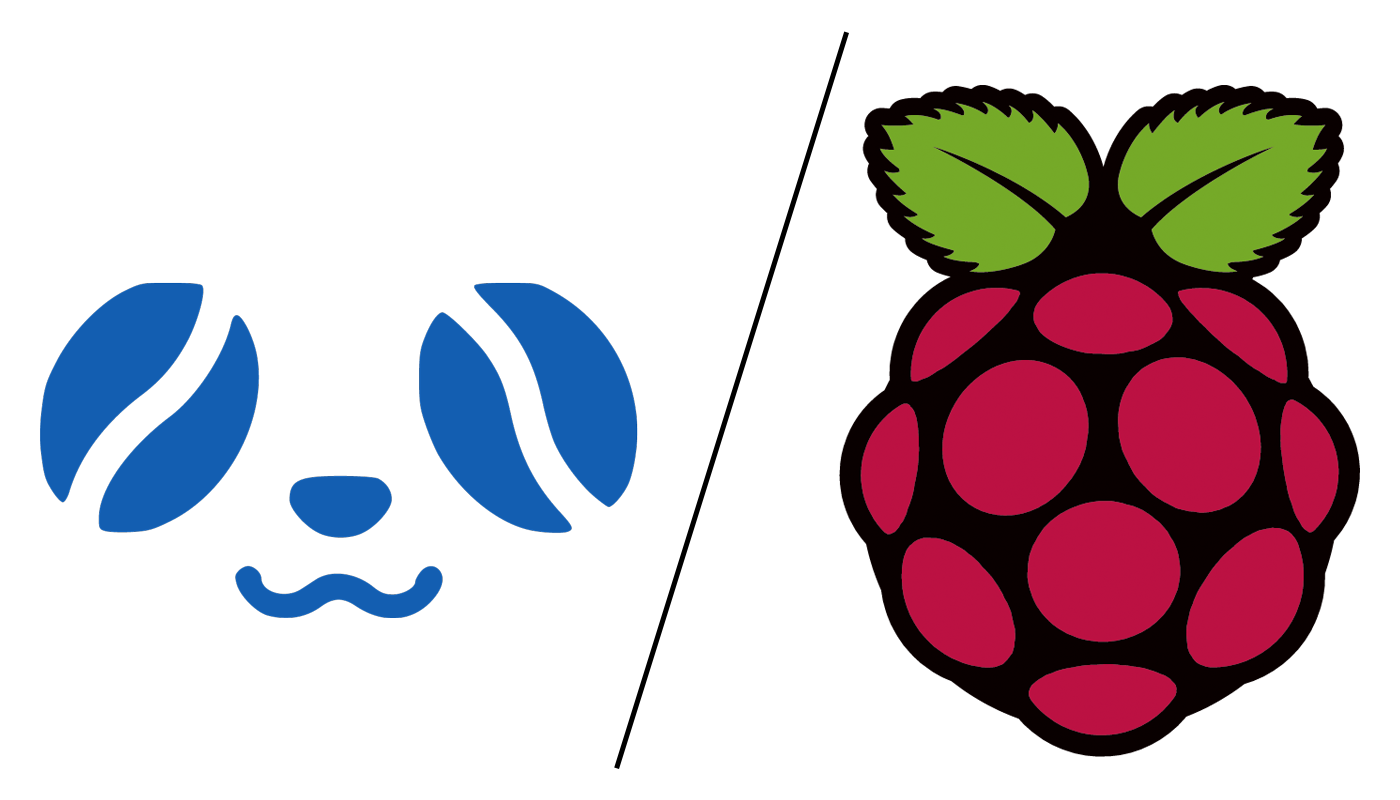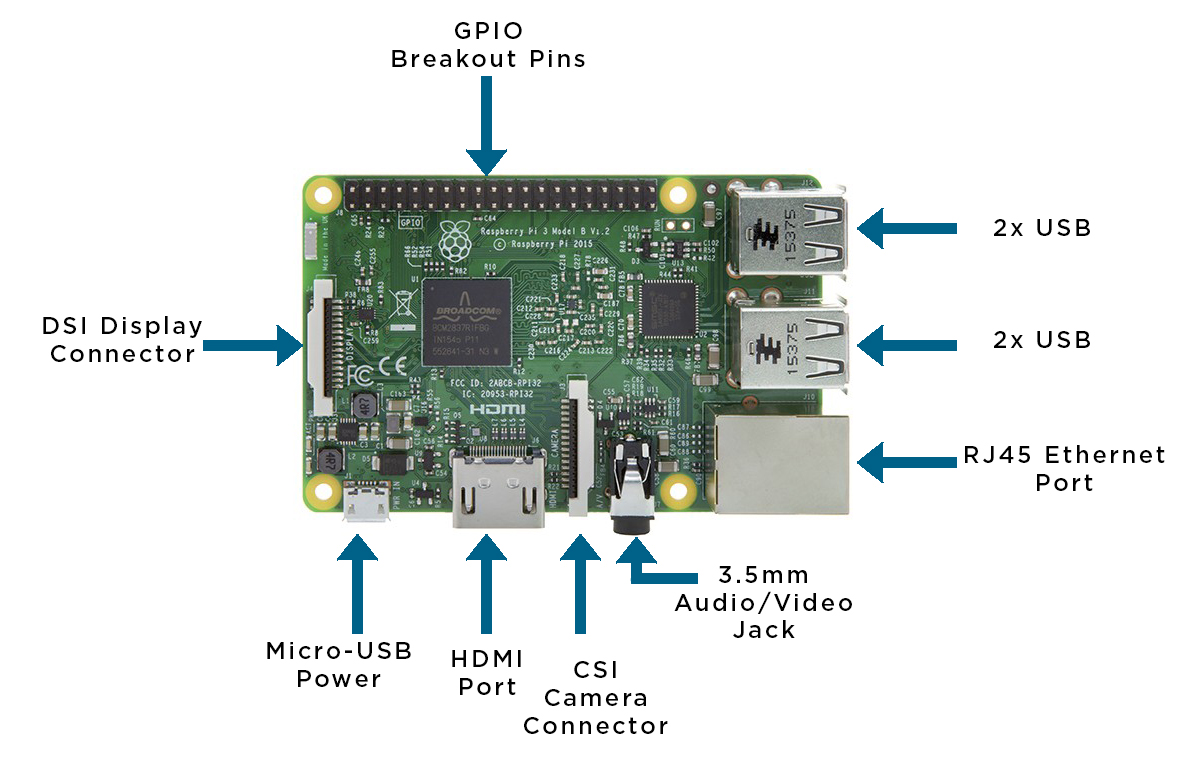Ah, what a glorious time we live in, where we have to compare which micro-computer is going to best suit our needs. If you’ve been in the maker sphere for just a short time, you’ll be sure to have heard of Raspberry Pi the miracle wonder board. It’s true, the Raspberry Pi is a fantastic piece of gear and it’s very dear to our hearts here at Core Electronics. The original Raspberry Pi debuted in 2012, and since then it’s just been getting better and better with features like built-in Wi-Fi, Bluetooth and powerful performance upgrades being added to the mix. But since the Pi revolution began, manufacturers have cottoned on to the micro-computing trend and created single board microcomputers of their own. Largely, though, the Pi has been unique in its power and flexibility, and ease of use for educators and makers alike. But a new contender has entered the ring, and its name is Latte Panda.
The LattePanda is an incredible bit of gear. It’s a fully featured microcomputer that runs Windows 10 with impressive performance features for its size. Plus, it’s got a built-in Arduino co-processor in the shape on an Atmega32u4 baked right into the board. It’s an innovative bit of gear which encourages creative projects. We won’t go into too much detail about each individual platform, but something that is commonly asked is which one is going to best suit a particular project or need. Which one should I get, and why? If you’re after specific info on the Raspberry Pi or LattePanda, check out their tutorials, however, let’s dive into a head to head comparison!
LattePanda or Raspberry Pi

|
|
||
|
CPU |
1.2GHz Quad Core ARM Cortex |
1.8GHz Quad Core Intel Atom Cherry Trail |
|
RAM |
1GB |
2GB/4GB |
|
Operating System |
Linux (different operating systems available) |
Windows 10 |
|
Storage |
microSD card only |
32GB/64GB eMMC |
|
Connectivity |
USB 2.0, Ethernet, Bluetooth, Wi-Fi, CSI, LCD, GPIO |
USB 2.0/3.0, Ethernet, Bluetooth, Wi-Fi, LCD, Touch, GPIO (Intel and Arduino) |
|
Price |
$68 |
$157/$277 |
As you can see, both platforms are based on different processors, architecture, and design. The LattePanda has more RAM, speed, and overall power, but it needs it to run a full version of Windows 10. The Pi, however, is a slightly simpler device, capable of running a wide variety of operating systems based on Linux. So which one is going to be right for you?
Which One Should You Choose?
The LattePanda is, without a doubt, the easier of the two devices to get started with. Almost everyone is familiar with Windows, and being able to use it exactly like a regular desktop or laptop is a huge bonus. If you’re looking to leverage the power of LattePanda for software processing, but want the functionality of a real-time Arduino processor for I/O usage, then the LattePanda is the winner hands down. As shown above, the LattePanda comes in two offerings, a board with 2GB of RAM and 32GB or storage, or 4GB of RAM and 64GB of storage.
However, if you’re looking for something that is a bit more versatile with being able to load different OS’s onto an SD card, then Raspberry Pi has a lot to offer. With the one board, you can boot into multiple operating systems from the one card to transform your Pi from a typical Linux PC to a retro gaming system, to a media centre. The GPIO pins on the Pi are connected directly to the Broadcom processor which requires multiple levels of software handling to use. This makes it difficult to use in applications which require extremely tight timing and bit-banging. The LattePanda, on the other hand, offers GPIO pins for both the Intel CPU and the standalone Atmega32u4 which gives a huge amount of flexibility for integrated with discrete hardware and sensors.
So as with most things, it really comes down to what you want to use it for, and what projects you have in mind. Is the price different for the LattePanda worth it? In our opinion, absolutely. It offers so much for the price. But the Raspberry Pi also has its place and does what it does well, better than any.
Which one is your favourite? Let us know and get the conversation started in the comments below.




